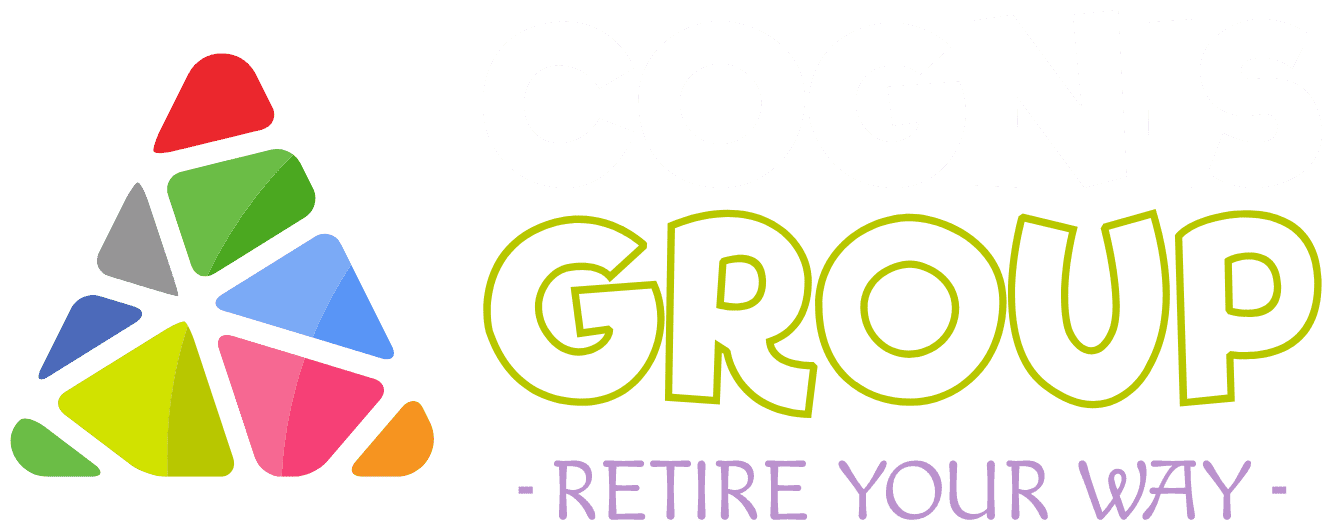
Build your wealth efficiently, so you can focus on what matters most—your patients!
- Introduction
Healthcare practitioners face unique financial challenges and opportunities due to demanding careers, irregular income patterns, and limited time for active investment management. An Exchange-Traded Fund (ETF) model-based investment approach offers a compelling solution by providing diversified, cost-effective, and transparent investment options that align with the financial goals and constraints of healthcare professionals. This blog post explores the rationale, benefits, and implementation strategies for adopting an ETF-centric investment framework tailored for healthcare practitioners.
Healthcare practitioners, including physicians, nurses, dentists, and allied health professionals—often experience:
- High earning potential but irregular cash flows due to residency, practice transitions, or variable hours.
- Limited time and expertise to manage complex investment portfolios.
- Unique risk profiles influenced by personal debt (e.g., student loans), insurance needs, and retirement planning challenges.
Traditional investment models relying on actively managed funds or individual securities may not optimally serve this demographic. ETFs, with their inherent advantages, provide a scalable, flexible, and efficient alternative.
2. Understanding ETFs and Their Relevance to Healthcare Practitioners
2.1 What Are ETFs?
Exchange-Traded Funds (ETFs) are investment funds traded on stock exchanges, much like individual stocks. They typically track an index, sector, commodity, or asset class and offer investors exposure to a diversified portfolio.
2.2 Key Features of ETFs
- Diversification: Access to a broad range of assets reduces unsystematic risk.
- Liquidity: ETFs trade intra-day, allowing flexibility.
- Cost Efficiency: Generally lower expense ratios compared to mutual funds.
- Transparency: Holdings are disclosed regularly.
- Tax Efficiency: Structural advantages can minimize capital gains distributions.
2.3 Why ETFs Fit Healthcare Practitioners
- Time Constraints: Passive ETF investing requires less active management.
- Cost Sensitivity: Lower fees preserve net returns.
- Flexibility: Ability to tailor portfolios to risk tolerance and financial goals.
- Accessibility: Easy to implement within retirement accounts and taxable brokerage accounts.
3. Financial Challenges Unique to Healthcare Practitioners
3.1 High Student Debt and Delayed Wealth Accumulation
Many practitioners graduate with significant debt, delaying wealth accumulation and necessitating disciplined, cost-effective investment approaches.
3.2 Income Volatility and Career Stage Variability
Income can vary significantly from residency through practice ownership. Investment strategies must accommodate changing cash flow patterns.
3.3 Risk Exposure and Insurance Needs
Practitioners face unique liability risks, requiring a holistic approach integrating insurance and investment planning.
3.4 Retirement Planning Complexities
Late career start in saving for retirement demands efficient, growth-oriented investment solutions.
4. Benefits of an ETF Model-Based Investment Approach
4.1 Diversification Across Asset Classes
ETFs enable exposure to equities, fixed income, real estate, commodities, and international markets, reducing portfolio risk.
4.2 Cost-Effectiveness
Low expense ratios and minimal transaction costs preserve capital, critical for practitioners managing debt and building wealth.
4.3 Simplified Portfolio Management
Pre-constructed ETF portfolios or model portfolios reduce time spent on investment decisions.
4.4 Tax Efficiency
ETFs’ structure helps minimize tax drag, important given practitioners’ often high marginal tax rates.
4.5 Customization and Scalability
Portfolios can be tailored to individual risk tolerance, investment horizon, and financial goals, and easily adjusted over time.
5. Implementing an ETF-Based Investment Strategy for Healthcare Practitioners
5.1 Assessing Financial Goals and Constraints
- Define short-term liquidity needs, debt repayment plans, and long-term wealth accumulation targets.
- Consider insurance and estate planning integration.
5.2 Determining Risk Tolerance and Time Horizon
- Younger practitioners may tolerate higher equity exposure.
- Mid-career professionals may benefit from balanced portfolios.
- Near-retirement practitioners may prioritize capital preservation.
5.3 Portfolio Construction
- Core-Satellite Approach: Use broad market ETFs as core holdings, complemented by sector or thematic ETFs (e.g., healthcare innovation).
- Lifecycle or Target-Date ETFs: For practitioners preferring a hands-off approach.
- Bond and Fixed Income ETFs: To stabilize portfolios and generate income.
5.4 Rebalancing and Monitoring
- Establish a periodic review process (e.g., quarterly or semi-annually).
- Use automated rebalancing tools where available.
5.5 Leveraging Technology and Advisory Services
- Robo-advisors specializing in ETF portfolios can offer low-cost automated management.
- Financial advisors can tailor ETF models to practitioner-specific needs.
6. Case Studies
6.1 Early-Career Resident Physician
- High student loan debt.
- Limited disposable income.
- Strategy: Focus on low-cost equity ETFs with small allocations to bond ETFs; automate contributions via payroll deduction.
6.2 Mid-Career Surgeon with Practice Ownership
- Higher income volatility.
- Need for liquidity and risk management.
- Strategy: Diversified ETF portfolio with core equity, fixed income, and real estate ETFs; integrate insurance planning.
6.3 Late-Career Healthcare Administrator
- Approaching retirement.
- Emphasis on capital preservation and income.
- Strategy: Shift to bond-heavy ETFs, dividend-focused equity ETFs, and tax-efficient withdrawal planning.
7. Addressing Potential Concerns
7.1 Market Volatility
- Emphasize long-term investment horizon.
- Diversification mitigates risk.
7.2 Lack of Personalization
- ETF models can be customized.
- Hybrid approaches combining active and passive strategies are possible.
7.3 Behavioral Biases
- Automated, rules-based investing reduces emotional decision-making.
8. Conclusion
Healthcare practitioners require investment solutions that respect their unique financial circumstances, time constraints, and risk profiles. An ETF model-based investment approach offers a pragmatic, efficient, and scalable framework to build and preserve wealth. By leveraging diversification, cost efficiency, and flexibility, healthcare professionals can focus on their demanding careers while confidently progressing toward their financial goals.
9. References
- Morningstar ETF Research
- CFA Institute Publications on Passive Investing
- FINRA Investor Education Foundation
- Journal of Medical Economics – Financial Planning for Physicians
